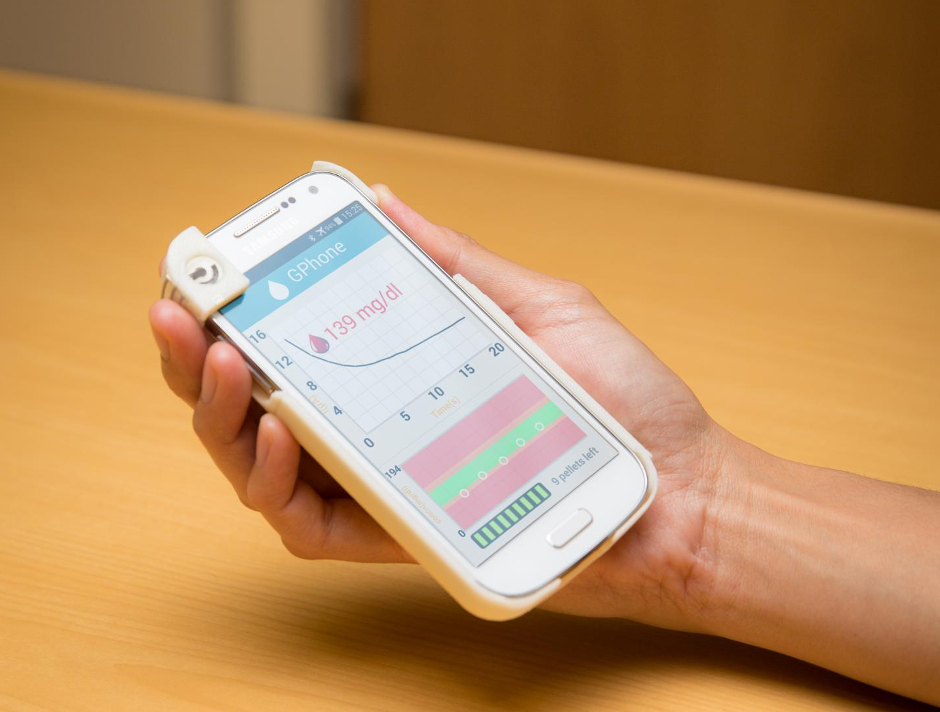Smartphone case delivers blood glucose readings in one device
Engineers have developed a smartphone case and app that could make it easier for diabetics to record and track their blood glucose readings.

The advance by engineers at the University of California San Diego integrates blood glucose sensing into a smartphone and eliminates the need for patients to carry a separate device
"An added benefit is the ability to autonomously store, process and send blood glucose readings from the phone to a care provider or cloud service.” said Patrick Mercier, a professor of electrical and computer engineering at UC San Diego.
Dubbed GPhone, the device is a new proof-of-concept portable glucose sensing system developed by Patrick Mercier, nanoengineering professor Joseph Wang, and their colleagues at the UC San Diego Jacobs School of Engineering. Wang and Mercier are the director and co-director, respectively, of the Center for Wearable Sensors at UC San Diego. Their team published the work in Biosensors and Bioelectronics.
Register now to continue reading
Thanks for visiting The Engineer. You’ve now reached your monthly limit of news stories. Register for free to unlock unlimited access to all of our news coverage, as well as premium content including opinion, in-depth features and special reports.
Benefits of registering
-
In-depth insights and coverage of key emerging trends
-
Unrestricted access to special reports throughout the year
-
Daily technology news delivered straight to your inbox










Water Sector Talent Exodus Could Cripple The Sector
Maybe if things are essential for the running of a country and we want to pay a fair price we should be running these utilities on a not for profit...